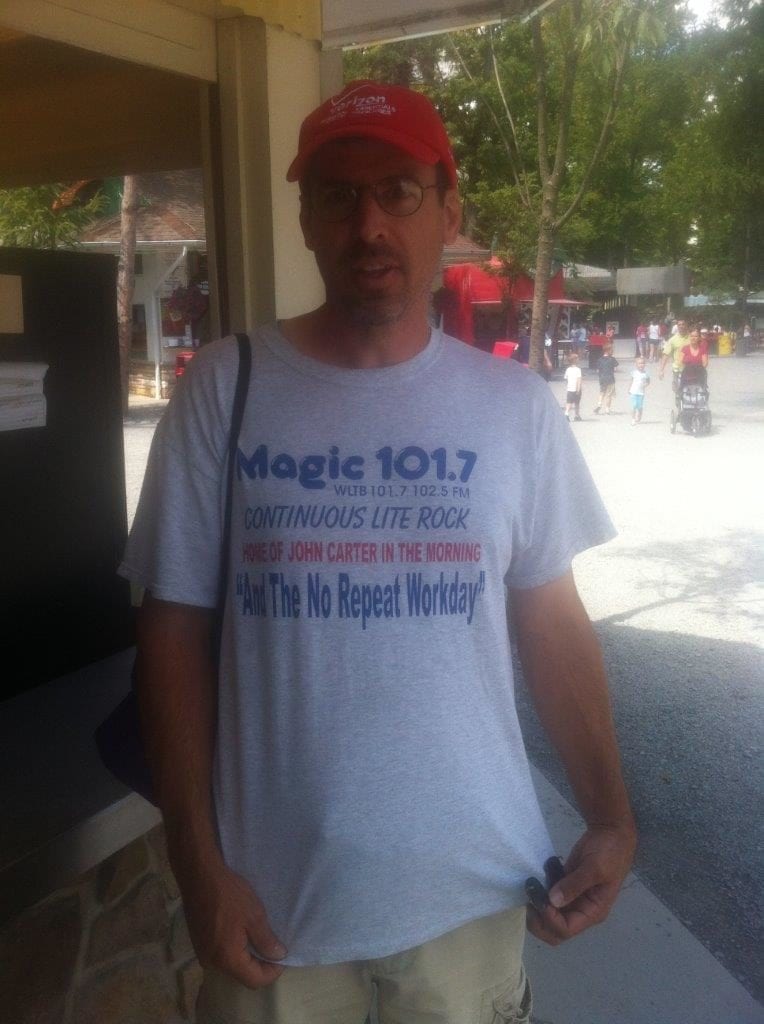
While most students are out of school as the fight against COVID-19 continues, my Coleman Insights colleagues and I are preparing a report card. On Thursday, we will release the results of our Contemporary Music SuperStudy 2, a test of the most-consumed songs in 2019 conducted with 1,000 respondents across the United States and Canada. (If you have yet to sign up for our free webinar when we will release our findings, you can do so here.)
As its name implies this is the second time we have conducted a Contemporary Music SuperStudy; roughly a year ago, we released the findings of our inaugural study in a keynote presentation at the Worldwide Radio Summit. That first edition of the study provided many important insights, including how Hip Hop/R&B had a sizeable fanbase but generated highly polarized responses from consumers, that Pop titles performed best overall and were popular among fans of other genres and how Country fared much better with daily radio listeners than with daily streaming listeners. We also reported fun facts, including how “Uptown Funk” by Mark Ronson featuring Bruno Mars was not only the most popular song of 2018 (even though it was released in 2014), but it also was rated highest by supporters and detractors of Donald Trump.

Here’s me delivering the inaugural Contemporary Music SuperStudy results at 2019’s Worldwide Radio Summit (in front of an actual live audience!)
Why are we doing this again? Perhaps the most common questions clients ask us are about trends in the tastes of audio entertainment consumers, especially when it comes to music. “What’s the next big sound?” “Is Country making a comeback?” “Are Pop fans more or less accepting of Hip Hop than they used to be?” “Does Dance/Electronic music have staying power?” While we are fortunate to see enough research prepared for radio stations, streaming services, etc. to be able to answer these questions with a high level of confidence, replicating the Contemporary SuperStudy gives us the opportunity to do so with an even greater level of objectivity and from a broader vantage point than studies conducted for individual clients provide. Comparing how a representative sample of Americans and Canadians responds to some of the most-consumed songs of 2019 to how they did so with the songs they consumed the most in 2018 will provide deep insights into how contemporary music tastes are changing.
The key to this, of course, is taking a very consistent approach with how we complete the Contemporary Music SuperStudy each year. We not only use the same research methodology (utilizing the platform we use for the FACT360SM Strategic Music Tests we complete for radio stations) and the same sample design, we follow a consistent set of rules for building the list of songs we test. Our partners at MRC Data/BDSradio provide us with data detailing the most consumed songs via radio airplay, streaming and sales over the course of the previous year. We drop any songs that are at least five years old and then add songs that are among the most consumed from each major genre so that each of the major genres that make up the world of contemporary music receive adequate representation.
In our webinar this Thursday and through subsequent Tuesdays With Coleman blog posts and social media posts, we will share a wide array insights from the Contemporary Music SuperStudy. Some will consist of fun facts, such as the best- and worst-testing titles overall. I can reveal to you now that Lil Nas X’s “Old Town Road” was last year’s most consumed song via on-demand streaming and sales according to MRC Data/BDSradio, while Jonas Brothers’ “Sucker” ruled the roost in radio airplay. Will either of those titles finish at the top? In a similar vein, Post Malone has ten titles in this year’s study, more than any other artist. Which Post Malone title do consumers like the most?
More importantly, some of the findings we release will update important findings from last year’s study. For example, last year we revealed that the Pop genre outperformed Hip Hop/R&B, Country, Alternative/Rock, Dance/Electronic and Latin. Will that be the case this year and will any sounds experience significant improvements or declines? We will also share with you how genre performances vary by a wide array of factors, including gender, age, ethnicity, geography and audio platform usage.
You can probably tell by now that I am excited for releasing our latest report card on contemporary music. (Probably not as excited as those of you with kids at home are about the prospect of schools reopening, but my colleagues and I are really looking forward to sharing our insights with you!) After all, music tastes change; that’s why we track them.
I hope you can join us for Thursday’s Contemporary Music SuperStudy webinar.


